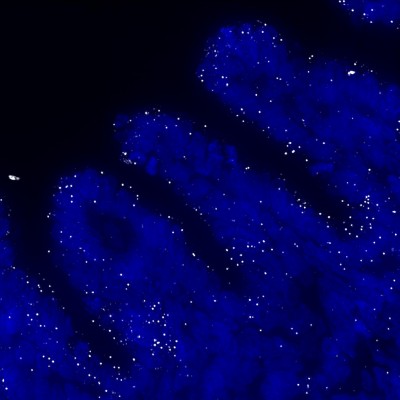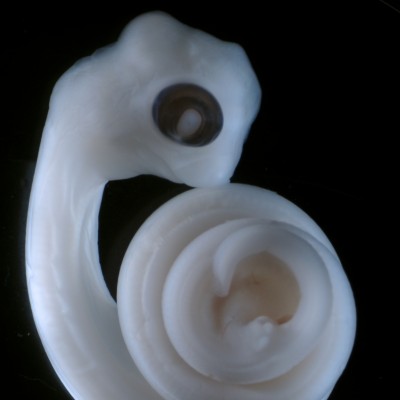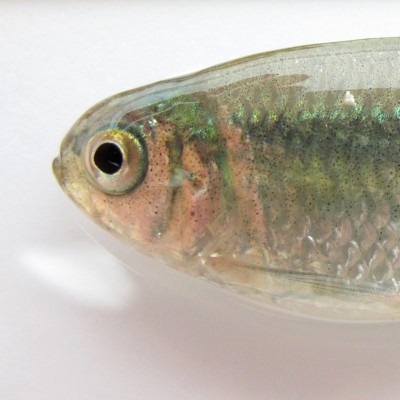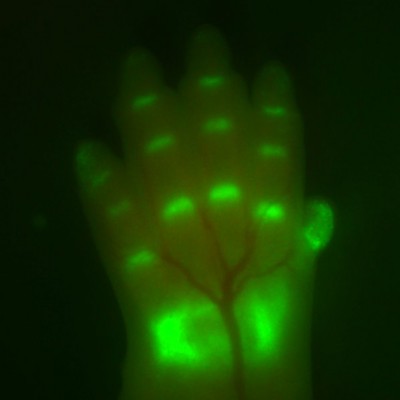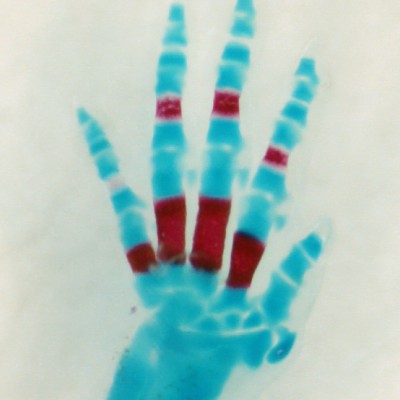The Tabin Lab
The laboratory studies the genetic basis by which form and structure are regulated, both during embryonic development to produce the exquisite morphology of the vertebrate embryo and over evolutionary time to generate the extraordinary and beautiful diversity of animal forms on this planet. In our developmental studies we combine classical methods of experimental embryology with modern molecular, imaging, genetic and genomic techniques for interrogating and testing gene function. In our evolutionary work we have addressed question of morphological, behavioral and metabolic evolution in a variety of species using both developmental and genetic approaches.





